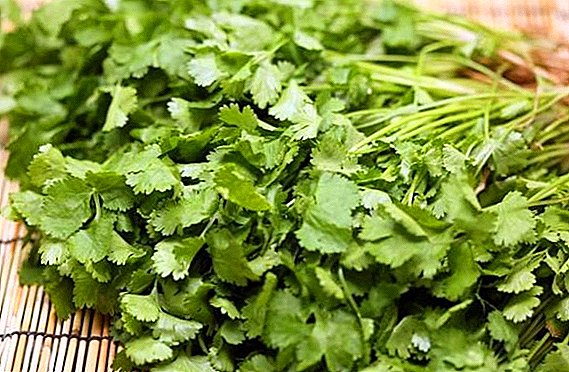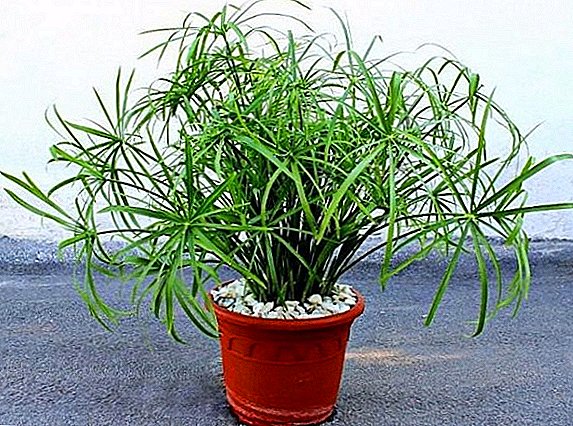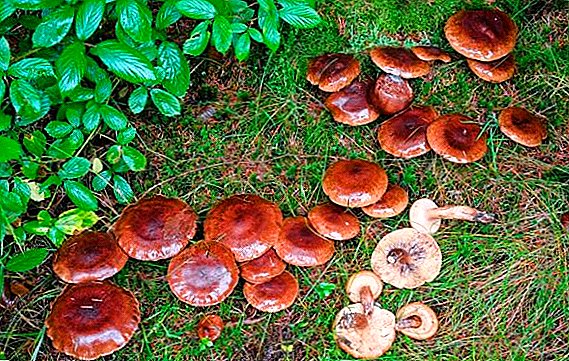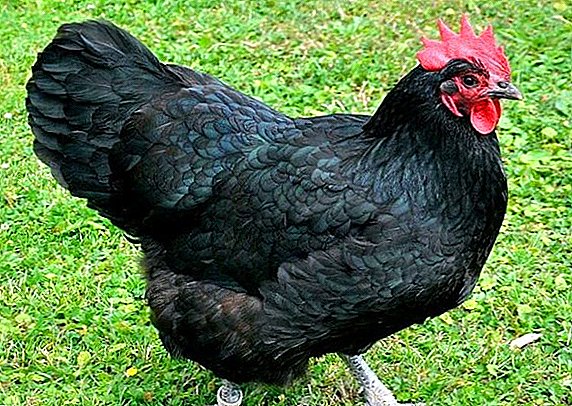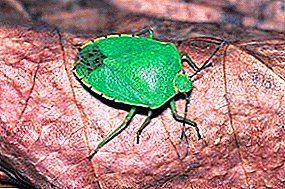
At the word "bug" (heteroptera), a hemipterologist will not frown. So called people studying these hemiptera insect squad.
The hallmark of these insects is a peculiar smelly odor secreted by special glands in case of danger. Today we will talk about the street representatives of these insects.
Classification
In modern classification there are four subfamilies:
- gadflies (received the name due to the lack of eyes);
- lace makers (have transparent sheaths, as if woven from fine lace);
- predators (predatory, feed on the blood of animals and humans);
- bug bugs (The name received for the back - shell, shaped like a shield).
Predators
They feed on insects and their larvae. For humans, the danger is triatomid bugs.. A large insect (up to 20 mm in length), black in shape, resembles a wand. They bite a person less often than popular bed bugs. But parasites trypanosa penetrate with saliva.
They suffer from dangerous Chagas disease. Against her, medicine is powerless. Symptoms: headache, shortness of breath, pain in the heart, cramps. Therefore, it is also called "bug killer" or "kiss bug".

The remaining three subfamilies threaten gardens, orchards, and cereals.
Blind and lace makers
Small harm to fruit trees brings two representatives:
- apple blindfly (infecting young leaves of apple trees);

- pear lace maker (lives in the southern regions on pears, apples, cherries).

Methods of dealing with them come down to spring. whitewashing tree trunks with lime and cleaning the garden of weeds.
Shchitniki
Horticultural crops actively eat bugs of the subfamily shchitniki. They are famous for their particularly strong aroma (stink bug). There are several dozen species of shields, this applies. We will talk about the most common ones.
Woody bug: photo below

Cabbage and rape bugs. Leaving wintering grounds in the spring, pests pounce on weeds. Later attack cabbage seedlings, radish, mustard, turnips. For this received another name - cruciferous.
Insect highlights bright color and beautiful pattern on the back. They differ from each other in coloring.
Cabbage confused with the favorite of children - a soldier. They are really very similar. The backs of both are red. Differs cabbage number of spots on the flap and elytra. He has six of them.

Rapeseed bug has a shiny back. Its color varies from black with a metallic sheen to green, sometimes with a bluish tinge. Young individuals have one yellow spot on the end of the scute and elytra. In front of the same color longitudinal strip. With age, the picture becomes white or red.

Cabbage grows up to 10 mm in length, rapeseed smaller (from 5 to 8 mm).
The larvae cause significant harm. They appear already after 7-14 days after the female laid yellowish-gray eggs (their number can reach three hundred). Larvae differ from adult moths in size and lack of wings. Like the older individuals, the larvae pierce the proboscis leaves of the plant and suck the juice.
Important! Bedbugs can destroy up to 40% of the cabbage crop. They are especially dangerous for seedlings.
If young shoots wither, twist, turn yellow, white or yellowish spots appear on the leaves of cruciferous crops, it is time to sound the alarm.
What to do?
If the pests do not have time to breed, they can be collected manually. A large colony will have to be driven out with various preparations. In industrial gardening use all sorts of pesticides. They exterminate bugs quickly. At the same time negatively affect human health, accumulating in plants.
 The best solution would be to use environmentally friendly natural ingredients.
The best solution would be to use environmentally friendly natural ingredients.
Of them cook infusions and decoctions for spraying vegetable crops.
- Onion Husk (200-300 gr.) Pour ten liters of hot water. Insist at least five days, drain.
- More effective onion infusion. A large onion should be finely chopped, add water, insist for six hours in a closed container.
- Mustard Sarepta (the second name is Russian) is useful to plant next to the cabbage as a siderata. She will scare cruciferous bugs. Infusion is used for spraying. To prepare take half a cup of mustard powder. Dilute it with a small amount of water (should be liquid gruel). Maintain a lot under the hood for two days. Then diluted in ten liters of water, mix thoroughly.
- Reliable, time-tested tool - laundry soap. Dissolve two pieces in ten liters of water and spray the plants. Spraying should be carried out several times (depending on the number of pests) with an interval of five days.
Important! It is necessary to process not only the plants affected by bugs, but also healthy ones.
Berry bug
Large insect (up to 1 cm in length) easily recognizable by the yellow transverse stripes on the antennae and sides (similar to the Italian bug). The body is reddish-brown or gray in the summer, becoming brown by autumn.
You can meet on any berry culture. Preferred raspberries, currants and gooseberries. Brown spots on the leaves, dried and unpleasantly smelling berries indicate the presence of berry beatnik.

How to fight?
Serious damage to the crop does not cause the bug due to the small size of the population. Enough preventive measures (destruction of weeds, digging the land around the berry crops).
Green forest bug
It is often called a green garden bug or grass.
Grazing mainly on raspberry and gooseberry bushes. If there are no berry crops, be content with the sap of the foliage of the trees. Can live in the grass. It causes significant harm to cereals.
There are almost no enemies at the bug. His defense is a dense chitinous shell with a thickening at the top. There are short wings, but the insect flies rarely.
Like other representatives of the species, the green bugs change color depending on the color of the environment. Bright green in spring and summer, by autumn the bug becomes yellow-brown.
Green forest bug: photo below

Cucumber
Differs in very small sizes (no more than 3 mm) and incredible jumping ability. The body is black. Sometimes it is confused with fleas. Loves high humidity, prefer to dwell in greenhouses.
It settles on the bottom of the sheet. The female is fertile. In a short time, the bug can infect all greenhouse plants. Damages not only cucumbers, but also tomatoes, sweet peppers. The leaves of the plants turn yellow, covered with small holes, curled. Fruits cease to develop.

How to withdraw?
- Effectively fights cucumber bugs garlic. Put a glass of minced garlic in a 1-liter jar, cover with water and close tightly. Insist in a dark place for five days. To filter In a bucket of water, add two glasses of garlic tincture. Spray the plants.
- Monitor the condition of the soil in greenhouses. It is through it that the cultures become infected. To improve the microflora apply nettle tincture. The plant is cut, poured with water, kept for a week in a warm place (you can in the sun). Fermented solution is cultivated in the greenhouse.
A number of preventive measures will preserve the harvest.
- It is known that insects overwinter in vegetable gardens in untidy heaps of weeds. Weed control will not let pests breed.
- Destroy cruciferous plants in a timely manner (shepherd's purse, colza, sverbig, ikotnik). This should be done before they bloom and throughout the garden season.
- Loosen the soil. In time to fertilize and feed. A stronger plant is more resistant to bedbug attacks.
- After harvesting cabbage and other cruciferous crops collect and burn the remaining leaves, stalks.
- Fallen leaves, many gardeners leave to get humus. Correct to burn them. For bedbugs, the pests are the best place to survive the winter.
A few words in the defense of pests
Some predators (pozidus, perillus dvuhvekovoy, pikromrus) eat garden pests (including the Colorado potato beetle and its larvae). Afflicts one. They do not tolerate cold, in the struggle for the harvest come only in the southern regions of the country.


